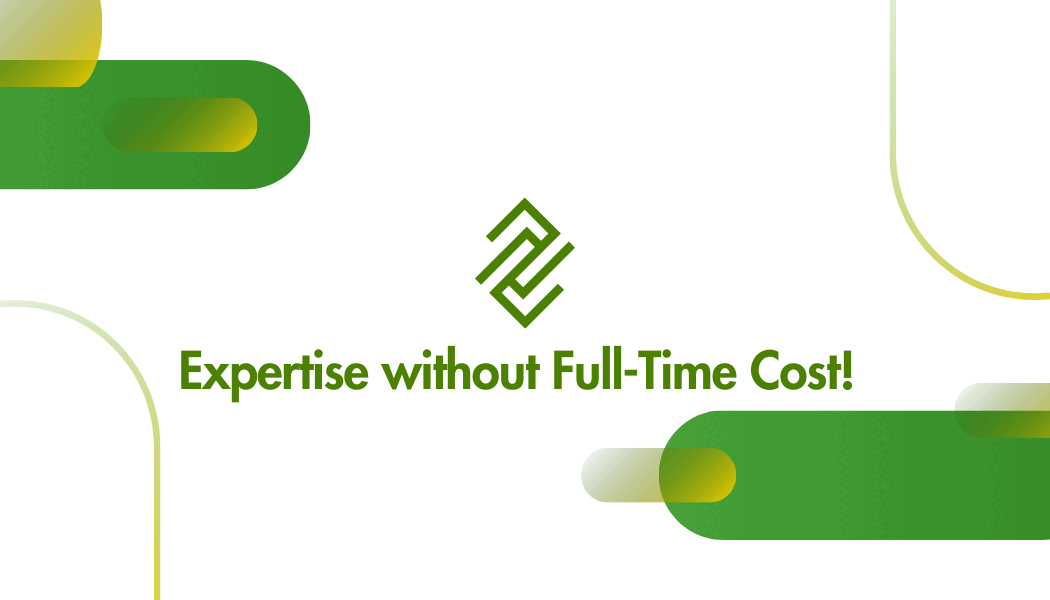Changing How We Think About Work
There are many excellent points in this Linkedin” slide presentation, and I especially like the arrangement across time of these popular methods.
(See/Search: “Continuous improvement, encompassing Lean, Kaizen, and Agile methodologies, advocates ongoing excellence through gradual refinement….” on LinkedIn)
There are three things that I would add from my experience.
First, there is a tendency to equate quality with performance. Quality is value as seen by the customer. I have made this distinction in other articles and there are several ways to see this.
a. The project management connection: value = function(performance, time, cost, risk). That integrates understanding of project management and process management as the two basic skills of “tactical management”. (Management of -available- means to an end.)
b. There is the relationship of “performance”, “specs”, and “targets” to sales and marketing. “People don’t want to buy a quarter-inch drill. They want a quarter-inch hole!” –https://quoteinvestigator.com/2019/03/23/drill/
c. The measure is not the metric. Space inside cardboard box can be measured by length, width, depth, cubic inches. Or one can count the number of unbroken cookies that will fit securely in the box. (“Cookies or crumbles?”
Second, these various “schools” of quality are just that. They are different approaches to teaching the same/similar mental skills like: experimentation, basic measurement and statistics, cause/effect thinking, organizing and planning, conceptualizing and then drilling down to details, etc.
If one teaches root cause analysis with fishbone, 8 steps, 5 whys, deductive logic, or Aristotelian causality – the end skill is the ability to trace a causal chain back to choices one could have made and can make in the future.
Finally, when strategic decision makers provide new facilities, new tools, and new processes, performance expectations go up.
For tacticians, the driver of performance improvement is new knowledge about the existing facility. Experimentation techniques are “hunting” for the causes that keep us from hitting the target every time. Control chart techniques are patiently “fishing” for causes. In a sea of countless tiny independent causes of variation, we watch and wait for a cause that surfaces above the noise. That “out of control outlier” tells us when and where to look and learn, share, teach and improve.
We naturally expect that large capital outlays and clever engineering should result in better product performance. What one hundred years of these quality management tools teach us is that changing how we think about work can result in just as big an improvement.





